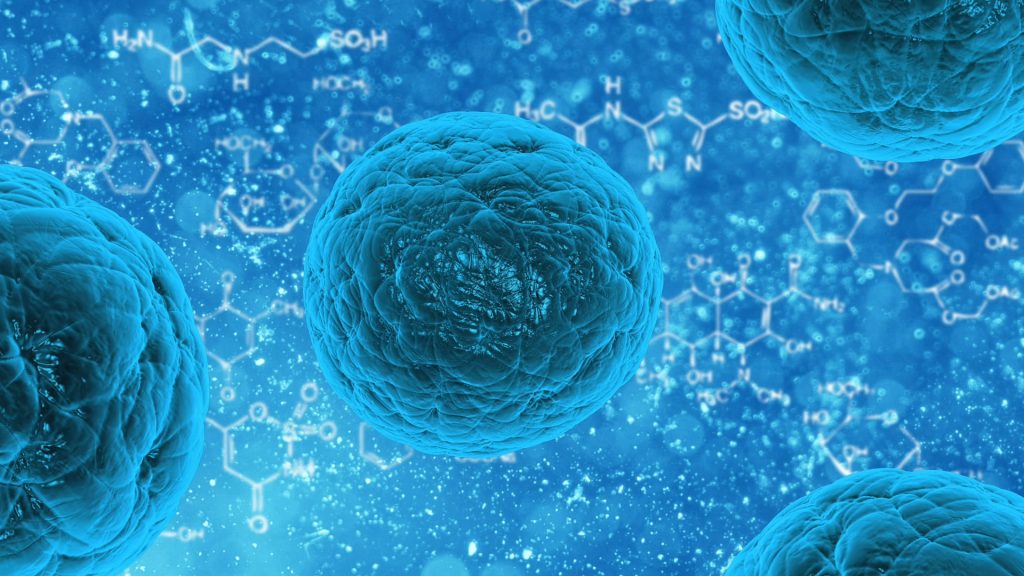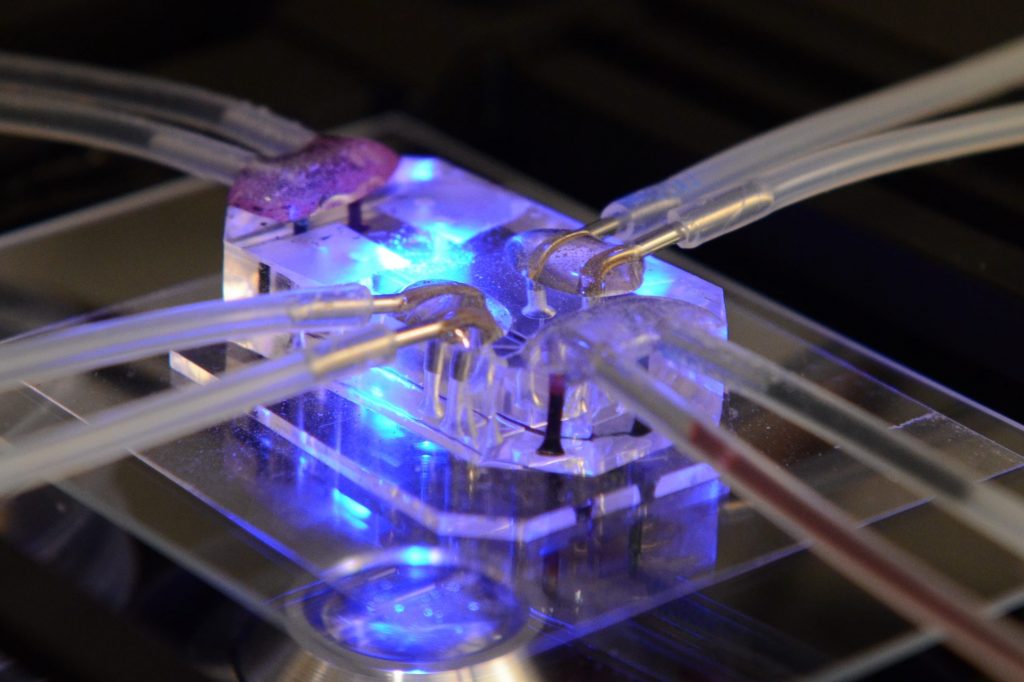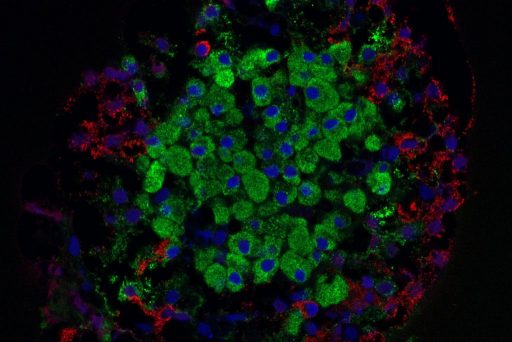Microphysiological systems and their applications at InSphero
Microphysiological systems, which includes spheroids and microfluidic systems, enable studies to understand the underlying mechanisms of diseases and promises to accelerate the development of drugs and predict how individual patients will respond to said drugs. InSphero’s Akura™ Flow represents a plug & play concept where 3D spheroids representing various or individual organs are loaded into …
Microphysiological systems and their applications at InSphero Read More »








